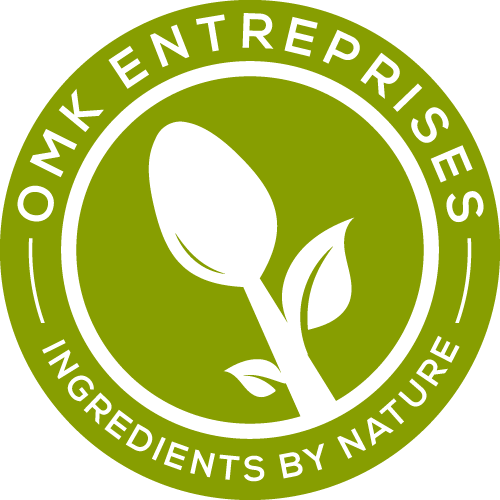Natural colors play a significant role in the food industry as consumers increasingly seek out products with clean labels and fewer artificial additives. Natural colors are derived from edible sources such as fruits, vegetables, plants, and minerals. Here are some commonly used natural colors in the food industry:
- Annatto Extract: Annatto extract is derived from the seeds of the achiote tree. It imparts shades of yellow to orange and is commonly used in dairy products, bakery goods, snacks, and beverages.
- Caramel Color: Caramel color is produced by heating sugars. It ranges from light yellow to dark brown and is used in a variety of products, including soft drinks, sauces, baked goods, and confectionery.
- Beetroot Extract: Beetroot extract provides a vibrant red to purple color. It is derived from the roots of the beet plant and is used in applications such as beverages, yogurt, and natural food coloring blends.
- Turmeric Extract: Turmeric extract is derived from the turmeric root and provides a bright yellow to orange color. It is widely used in savory products, spice blends, snacks, and curry sauces.
- Spirulina Extract: Spirulina is a type of blue-green algae that is rich in pigments such as phycocyanins. It is used to provide natural blue and green shades in products like confectionery, ice cream, and beverages.
- Paprika Extract: Paprika extract is derived from dried, ground peppers and provides red to orange hues. It is used in a variety of applications, including meat products, snacks, and seasonings.
- Anthocyanins: Anthocyanins are natural pigments found in fruits such as berries, grapes, and cherries. They offer shades of red, purple, and blue and are used in products like fruit preparations, jams, jellies, and beverages.
- Chlorophyll: Chlorophyll is a green pigment found in plants and is used as a natural green colorant in applications like beverages, confectionery, and sauces.
It’s important to note that the stability and intensity of natural colors can vary, and they may be affected by factors such as pH, heat, light, and processing conditions. As a result, manufacturers may need to consider formulation and processing factors when working with natural colors to achieve the desired color outcome.




